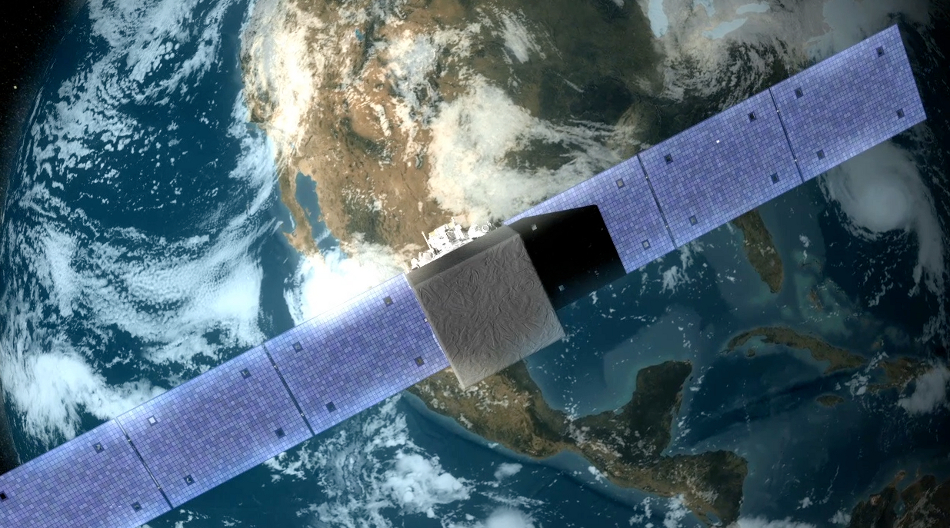
 Credit: NASA's Goddard Space Flight Center
Credit: NASA's Goddard Space Flight Center
Flash
Thunderstorms produce some of the most powerful blasts of electromagnetic radiation on earth. Thunderstorms occur when unstable, warm moist air rises upwards, cools and rain droplets and ice crystals form. Collisions between the ice crystals create an enormous electric charge, which can produce a strong electric current commonly known as lightning. The strong electric fields associated with lightning generate not only visible light, but radio radiation and even extremely high energy gamma-rays. The destructive power of thunderstorms is enormous, so it makes sense to keep close watch on them. The Fermi Gamma-ray Space Telescope (pictured above) provides an innovative way to monitor thunderstorms, by detecting the gamma-ray flashes associated with lightning strikes, the so-called Terrestrial Gamma-ray Flashes, or TGFs, using Fermi's Gamma-ray Burst Monitor instrument. The GBM spends most of its time scanning the skies for cosmic gamma-ray bursts, but is also a sensitive detector of gamma-rays from TGFs. Fermi's GBM team has recently increased the sensitivity of the GBM to "untriggered" TGF emission, that is, emission from TGFs which is too faint to be recognized by the automated spacecraft detection system, but which can be detected using more sensitive analysis by the GBM team. So far, the GBM has detected more than 600 TGFs, with about two thirds of that number due to the recent improvement in TGF detection.
Published: December 10, 2012
<
HEA Dictionary ● Archive
● Search HEAPOW
● Other Languages
● HEAPOW on Facebook
● Download all Images
● Education ● HEAD
>

Each week the HEASARC
brings you new, exciting and beautiful images from X-ray and Gamma ray
astronomy. Check back each week and be sure to check out the HEAPOW archive!
Page Author: Dr. Michael F. Corcoran
Last modified Tuesday, 27-Feb-2024 10:08:24 EST


